Why did Ancient Egyptians mummify animals?
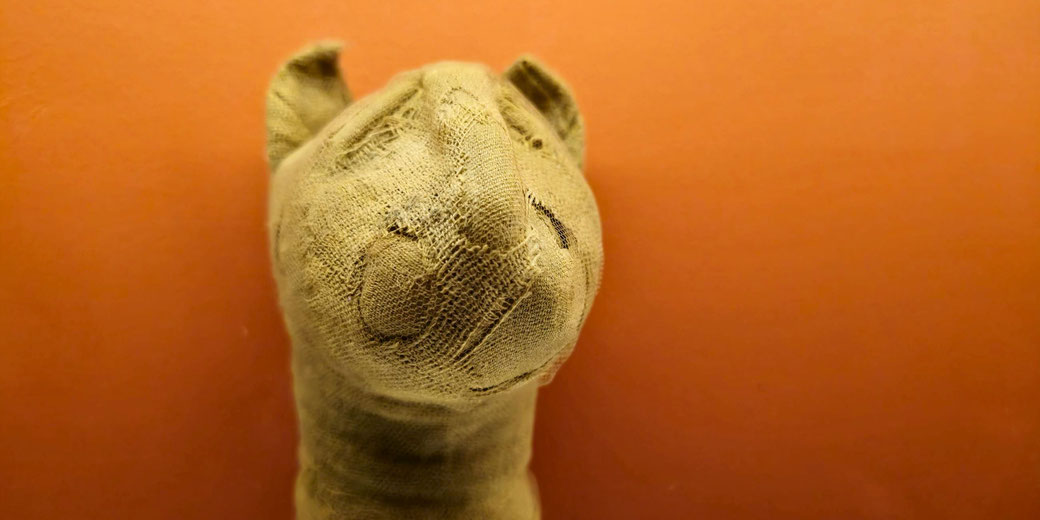
The ancient Egyptians are renowned for their complex religious beliefs, intricate rituals, and remarkable achievements in architecture and art.
Among the many fascinating aspects of their civilization, one practice that has intrigued historians and archaeologists alike is the mummification of animals.
This practice was not merely an extension of human mummification, but a unique and important tradition that held significant religious, social, and economic implications.
What roles did animals have in Ancient Egyptian society?
Animals played a crucial role in the daily life and spiritual beliefs of the ancient Egyptians.
They were not just seen as mere beasts of burden or sources of food, but as integral parts of their society, religion, and economy.
The ancient Egyptians' relationship with animals was multifaceted, encompassing practical, symbolic, and divine aspects.
On a practical level, animals served a variety of roles in ancient Egyptian society. Domesticated animals such as cattle, goats, and pigs provided food and materials like leather and wool.
Donkeys and oxen were used for transportation and agricultural work, while cats and dogs were kept as pets and were also valued for their ability to control vermin and other pests.
Symbolically, animals were often used in ancient Egyptian art and mythology to represent various concepts and deities.
For instance, the lion symbolized power and strength, the ibis was associated with wisdom, and the falcon was linked to the sky and the sun god, Ra.
These symbolic associations extended to the realm of hieroglyphic writing, where many animal symbols were used to represent sounds or ideas.
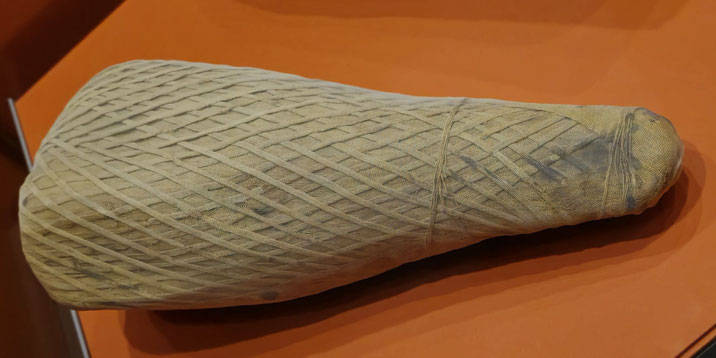
On a divine level, many animals were considered sacred and were associated with specific gods and goddesses.
The cat, for instance, was linked to the goddess Bastet, while the ibis and the baboon were associated with the god Thoth.
Some animals were even believed to be physical manifestations of the gods themselves.
These sacred animals were often kept in temples and were cared for and revered during their lifetime.
Upon their death, they were mummified and buried with great ceremony.
How were animals mummified?
The mummification of animals in ancient Egypt was a meticulous and sacred process, reflecting the deep respect and reverence the Egyptians had for these creatures.
While the specific methods could vary depending on the type and size of the animal, the purpose of the mummification, and the time period, the general process shared many similarities with the mummification of humans.
The first step in the process was the purification of the animal's body. This was typically done by washing the body with palm wine and rinsed with water from the Nile.
Following this, the animal's body was prepared for the drying process. In smaller animals, like birds and snakes, the internal organs were often left intact due to their small size.
However, in larger animals, the internal organs were usually removed and separately treated, similar to the process in human mummification.
The next step was the desiccation or drying of the body. This was achieved by packing or covering the body with natron, a naturally occurring salt mixture found in abundance in Egypt.
Natron effectively absorbed the body's moisture, preventing decay and preserving the body.
This process could take up to forty days, after which the natron was removed, and the body was cleaned.
After the body was dried, it was time for the wrapping process. The animal's body was wrapped in layers of linen bandages, often with amulets and other religious artifacts placed within the wrappings for protection and good luck in the afterlife.
The bandages were often coated with a resin or gum to help hold them in place and further seal the body.
The final step was the decoration of the mummy. Depending on the animal and its purpose, the mummy could be painted or gilded, and hieroglyphic inscriptions could be added.
The mummy was then placed in a specially prepared coffin or burial pit, ready for its journey to the afterlife.
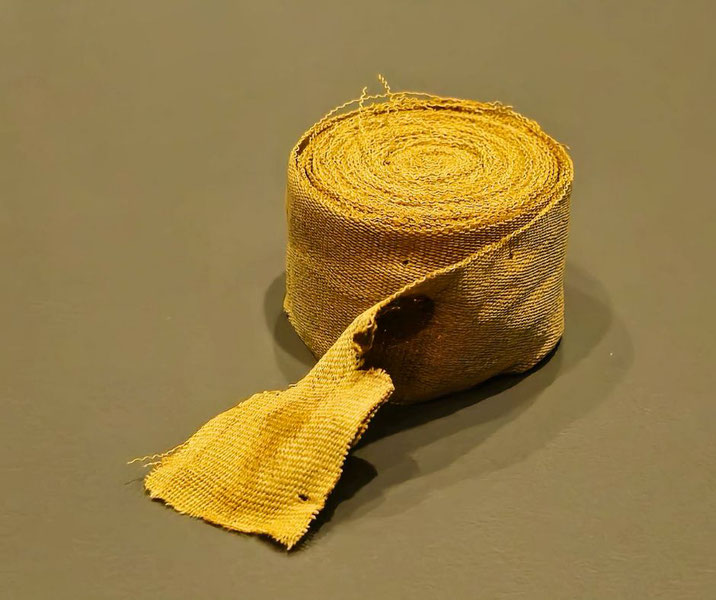
Different types of animal mummification
The ancient Egyptians mummified a wide variety of animals, each for specific purposes.
Based on archaeological findings and historical records, we can categorize these animal mummies into four main types: pets, votive offerings, sacred animals, and victual mummies.
Pet Mummies
Pets held a special place in the hearts of the ancient Egyptians, much as they do in many cultures today. Cats, dogs, monkeys, and even birds were often kept as pets and were deeply mourned upon their death. These pets were mummified and buried with their owners to accompany them in the afterlife. The mummies of these animals were often carefully prepared and placed in specially crafted coffins or burial pits.
Votive Offerings
These were the most common type of animal mummies. They were created as offerings to the gods and were often sold to pilgrims at temples, who would then offer them as gifts to the gods. The animals chosen for these mummies were usually associated with the god to whom they were being offered. For instance, ibis mummies were offered to Thoth, the god of wisdom, while cat mummies were offered to Bastet, the goddess of home, fertility, and childbirth.
Sacred Animals
Certain animals were believed to be physical manifestations of the gods themselves. These animals were treated with great reverence during their lifetime and were mummified upon their death. The Apis Bull is a prime example of a sacred animal. Believed to be a manifestation of the god Ptah, the Apis Bull was cared for during its life and upon its death, it was mummified and buried with great ceremony in the Serapeum at Saqqara.
Victual Mummies
These mummies were food offerings for the deceased to consume in the afterlife. They typically included cuts of meat, poultry, and fish. These mummies were often found in the tombs of the deceased, placed there to provide sustenance for the soul in the afterlife.

The reasons animals were mummified
The practice of animal mummification in ancient Egypt was deeply intertwined with the religious beliefs and rituals of the time.
Animals were not just seen as physical beings, but as symbolic representations and even physical embodiments of the gods.
The mummification of these animals was a way to honor the gods, communicate with them, and ensure a favorable journey in the afterlife.
One of the primary purposes of animal mummies was as votive offerings. These mummies were offered to specific gods in the hopes of gaining their favor or communicating a prayer or request.
For instance, an ibis mummy might be offered to Thoth, the god of wisdom and writing, in hopes of gaining his wisdom or favor.
These votive offerings were a form of ritual communication between the human and divine realms, a way for the ancient Egyptians to interact with their gods.
Sacred animals, believed to be physical manifestations of the gods, were another significant category of animal mummies.
These animals were revered during their lifetime and mummified upon their death. The mummification and burial of these animals were often accompanied by elaborate rituals and ceremonies, reflecting the divine status of these creatures.
The Apis Bull, associated with the god Ptah, is a prime example of this. The death of an Apis Bull was mourned as the death of a god, and its mummification and burial were significant religious events.
Even pet mummies had a religious significance. Pets were often mummified and buried with their owners to accompany them in the afterlife.
This reflects the ancient Egyptian belief in a spiritual afterlife where one could continue to enjoy the comforts and companionship of earthly life.
Finally, victual mummies, or food mummies, were included in tombs to provide sustenance for the deceased in the afterlife.
This practice was based on the belief that the ka, or life force, of the deceased would continue to need nourishment even after death.
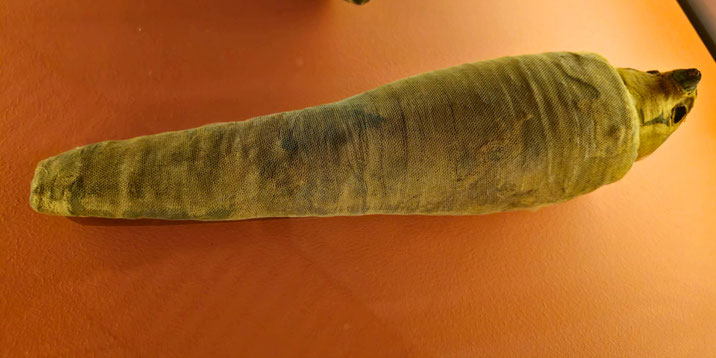
The most important locations of animal mummies
Over the years, numerous archaeological discoveries have shed light on the practice of animal mummification and its significance in ancient Egyptian society.
One of the most significant archaeological sites for animal mummies is Saqqara, an ancient burial ground located south of modern-day Cairo.
Here, archaeologists have discovered vast catacombs filled with millions of animal mummies, including the Serapeum, where the sacred Apis Bulls were buried, and the Bubasteum, dedicated to the cat goddess Bastet.
The catacombs of Tuna el-Gebel, the main necropolis of the ancient city of Hermopolis, have yielded countless mummified ibises and baboons, animals associated with the god Thoth.
Similarly, the crocodile god Sobek was honored at the site of Kom Ombo, where a dedicated temple complex houses hundreds of mummified crocodiles.
Recent technological advancements have allowed for more detailed studies of animal mummies.
Non-invasive imaging techniques, such as X-rays and CT scans, have been used to examine mummies without damaging them, revealing details about the mummification process, the health and age of the animals at the time of death, and even detecting amulets and other items wrapped with the mummies.
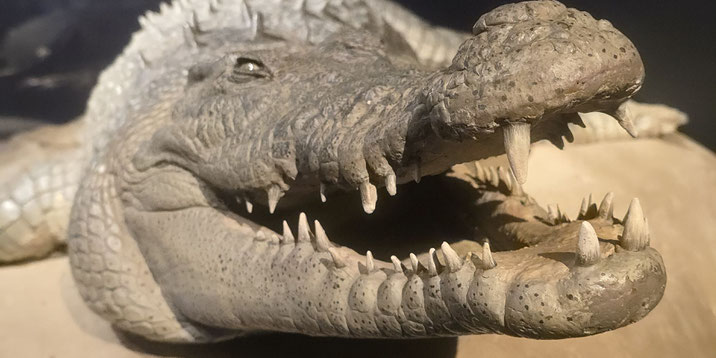
DNA analysis has also been used to study animal mummies, providing insights into the genetic diversity and lineage of these animals.
This information can help us understand more about the species that lived in ancient Egypt, their relationships with humans, and the environmental conditions of the time.
How people became wealthy by mummifying animals
While the mummification of animals in ancient Egypt was primarily a religious practice, it also had significant economic implications.
The production of animal mummies became a thriving industry, providing employment for many and contributing to the local economy.
The process of mummification required a range of materials and services. Natron, the salt mixture used for drying the bodies, had to be mined and transported.
Linen for wrapping the mummies was produced by flax growers and weavers. Resin or gum used in the process was collected from certain trees.
Coffins and burial containers for the mummies were crafted by skilled artisans. All these activities created a demand for goods and labor, stimulating economic activity.
The mummification process itself required specialized knowledge and skills, leading to the emergence of professional embalmers.
These individuals would have been trained in the complex techniques of mummification and would have been compensated for their services.
Furthermore, the sale of votive mummies to pilgrims visiting temples became a lucrative business.
These mummies were often mass-produced and sold at temple sites as offerings to the gods.
This created a steady source of income for the temples and those involved in the production of these mummies.
In addition to these direct economic impacts, the practice of animal mummification also had indirect effects on the economy.
For instance, the need to source animals for mummification could have influenced animal breeding and trading practices.
The demand for certain types of animals, such as ibises or cats, may have led to these animals being specifically bred or captured for the purpose of mummification.
What do you need help with?
Download ready-to-use digital learning resources
Copyright © History Skills 2014-2025.
Contact via email
With the exception of links to external sites, some historical sources and extracts from specific publications, all content on this website is copyrighted by History Skills. This content may not be copied, republished or redistributed without written permission from the website creator. Please use the Contact page to obtain relevant permission.





